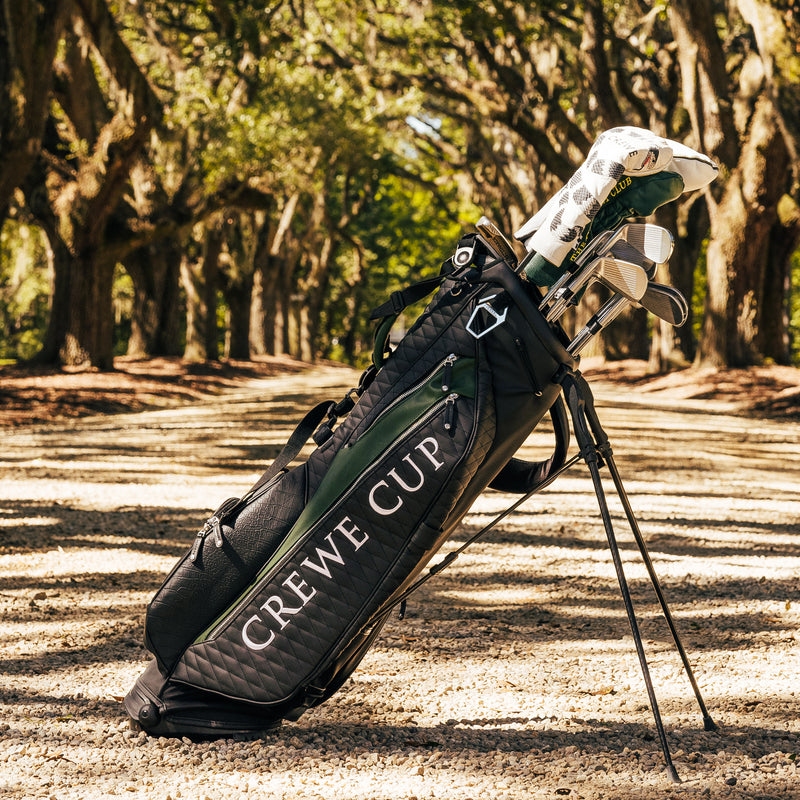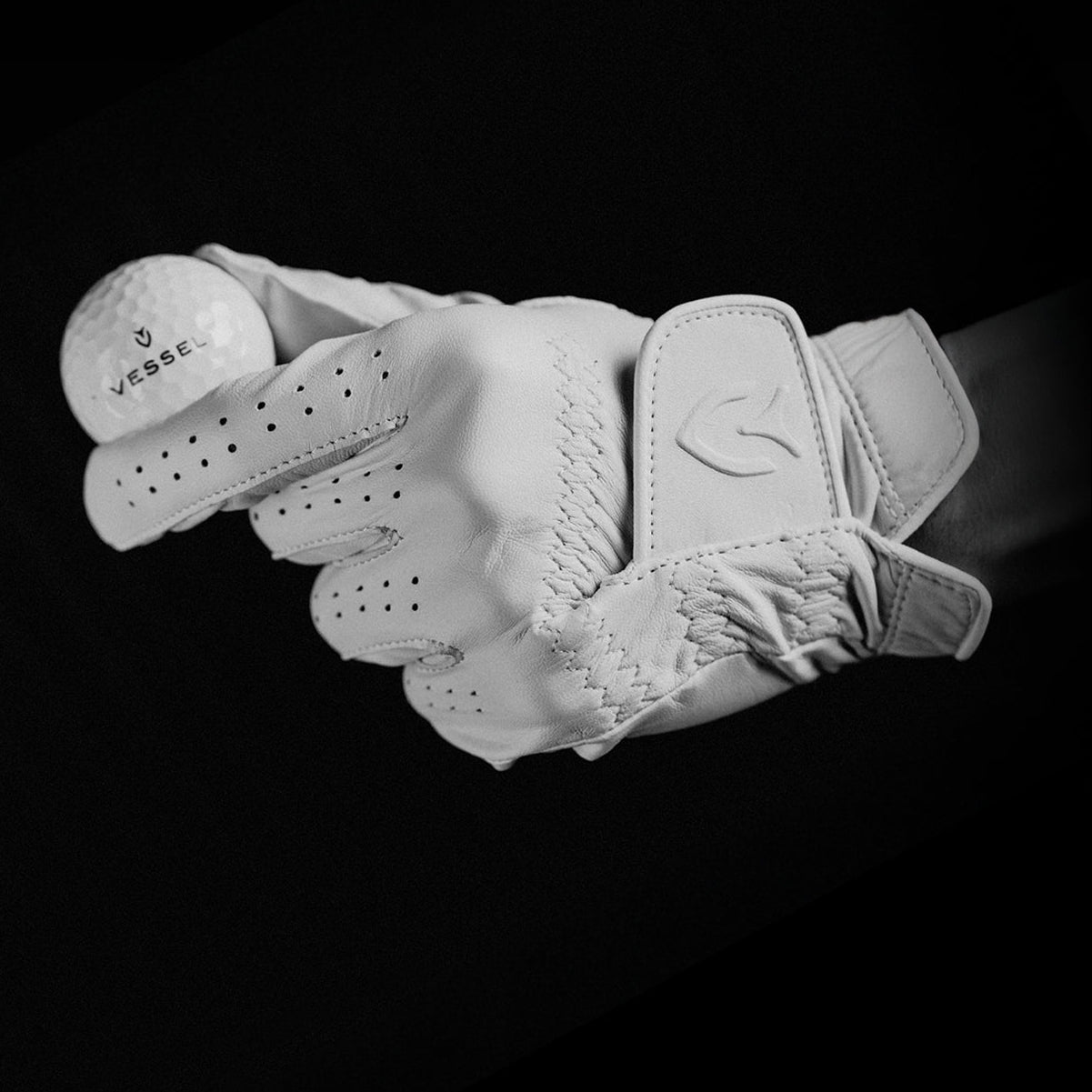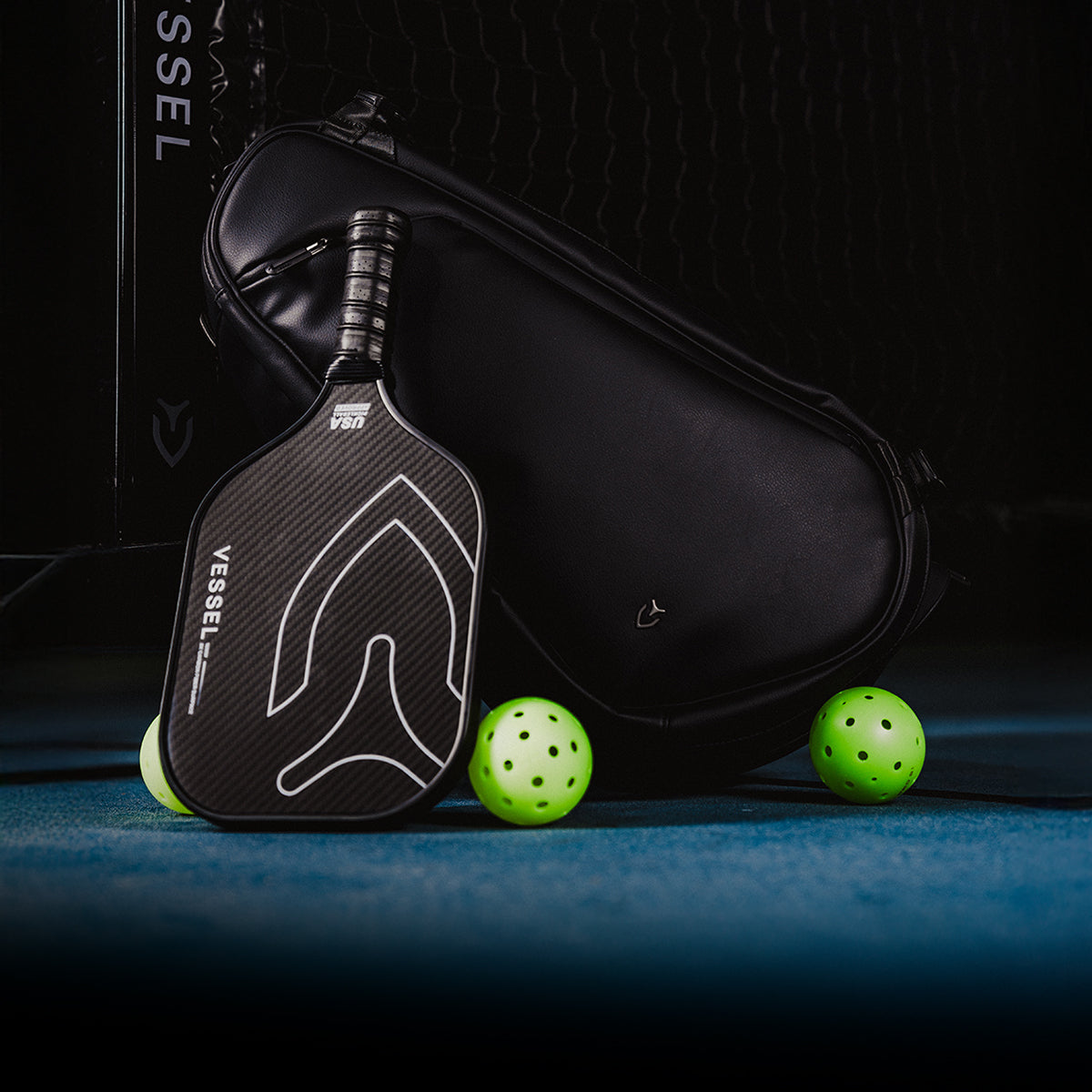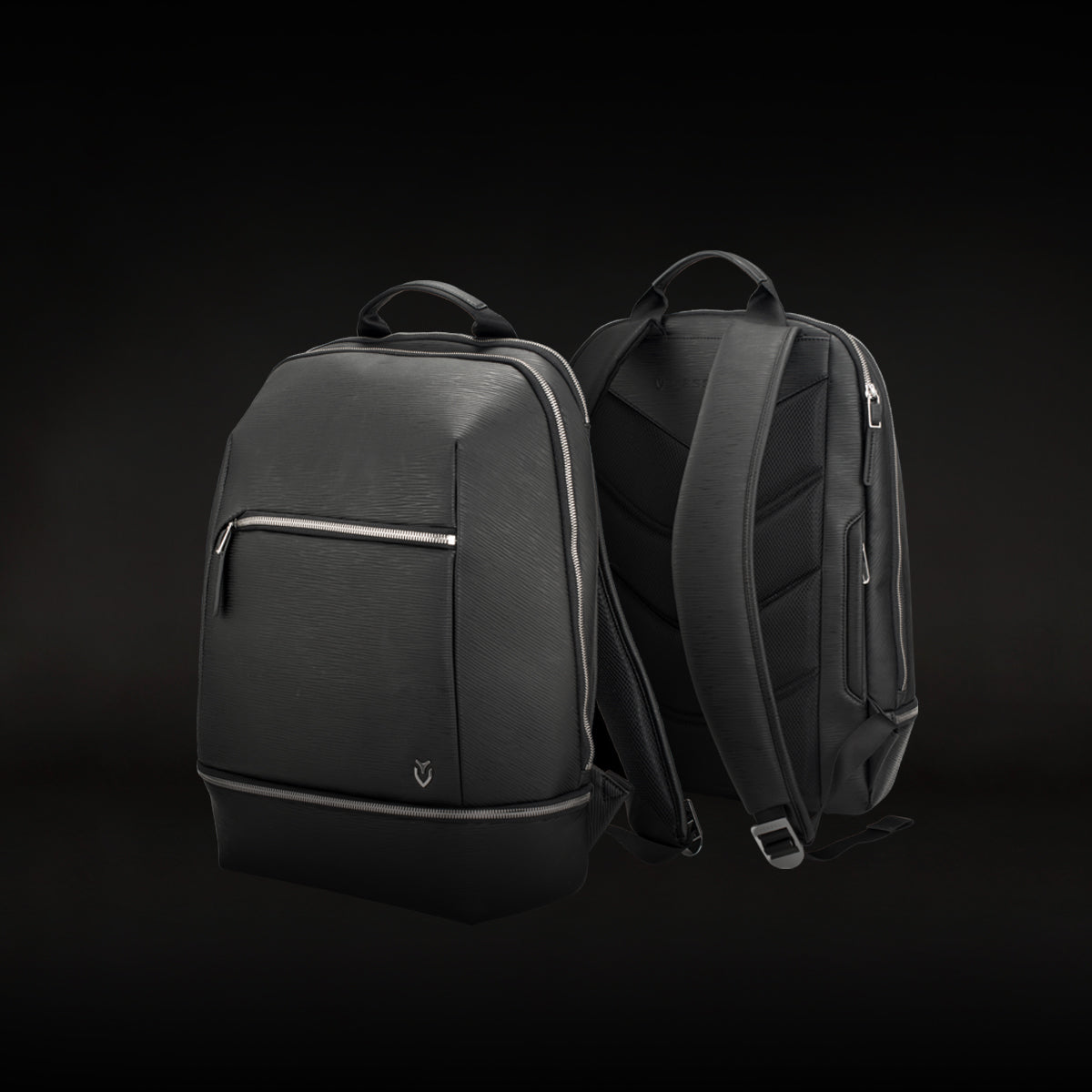

Golf's classic blade irons have a compact head and minimal cavity that better players love. You'll spot them by their thin top lines and smaller sweet spots - they're less forgiving than cavity-backs but give you more control over your shots. These clubs work best for low-handicap golfers who can hit the ball dead-center consistently, and they'll reward your precise shots with amazing feel and versatility. If you want to master shaping your shots, blade irons have a lot more to offer than meets the eye.
The Design of Blades
Blade irons celebrate golf's rich heritage through their sleek yet purposeful design. You'll notice their compact clubheads and slim profile - features that skilled players have trusted for generations. The muscle back design puts weight right behind the clubface, giving you that precise feel and control you want. They're forged from top-quality steel, so you'll get great feedback and they'll last for years. With their thin top line and simple design, they've got a clean, traditional look that's stood the test of time. Modern blade irons, like PXG, show how far technology has come in making them perform better than older models. Look at the Titleist 620 MB irons - their one-piece forged design lets you feel and shape your shots perfectly. When you pick up a blade iron, you'll love how its smaller clubhead and narrow sole create that pure, clean look that serious golfers can't resist.
Blades Sweet Spot
Let's dive into how traditional irons actually perform on the course. You'll notice that blade irons give you great feedback and control, but they'll also test your skills more than other clubs. Their compact sweet spot and muscle-back design aren't as forgiving as game-improvement irons. When it comes to speed, modern blades like the Ping Blueprint T can hit some impressive numbers - we've seen ball speeds up to 120.7 MPH in testing. The P7MB and similar blades also show tighter shot patterns than game-improvement irons, which is why better players love them.
If you've got solid skills, you'll love how blades let you shape shots and control spin just the way you want. They spin more and come down steeper, which helps your shots stick on the green. But here's the catch - you'll need a consistent swing speed to handle their weaker lofts (we're talking 34° or 35° for a 7-iron). While they might not give you the same distance as other irons, they'll reward good shots with predictable, workable results.
Blade Irons vs. Cavity Back Clubs

Golfers can choose between two main iron designs: blade irons and cavity backs. Each serves a different purpose on the course.
Blade irons have a smaller head with a thin top line and minimal offset, giving better players more control over their shots. You'll notice they've got a smaller sweet spot that gives clear feedback on your strikes - which can be good or bad, depending on your skill level. While more experienced players tend to prefer blades, they're forged with precision to deliver the best performance.
Cavity backs, though, are much more forgiving thanks to their larger club head and perimeter weighting. If you're like most golfers, you'll love how cavity backs help you keep consistent distance even when you don't hit the ball just right. Many players actually mix both styles in their set to get the advantages of each - it's the best of both worlds.
Who Are Blade Irons Great For?
You shouldn't jump straight into blade irons without first looking at your skill level. Blades work best for skilled players who consistently strike the ball well. Their thin profile design lets good players shape their shots with precision. When it comes to mis-hits, semi-blade player irons can actually help you play more consistently than game improvement clubs. If you're a low to mid handicapper with a fast swing and precise shot-making skills, blades might be right for you. They're especially useful if you play tournament golf where you need to shape shots and have more control. You'll see pros like Tiger Woods and Rory McIlroy using blades because they give better feedback and are easier to work with. Just keep in mind that while blades can boost your confidence and control, they won't forgive your mistakes like cavity backs will. You'll need solid skills to use them well.
Frequently Asked Questions
How Much More Expensive Are Blade Irons Compared to Cavity Back Clubs?
You'll typically find blade irons cost 15-30% more than cavity backs, with premium sets ranging from $1,200-$2,000 compared to cavity backs at $800-$1,500. The price difference comes from their specialized forging process and premium materials. While you might pay $1,500 for quality blade irons, you could get comparable cavity backs for around $1,100 from the same manufacturer.
Can Blade Irons Be Custom-Fitted for Left-Handed Golfers?
Just like finding a perfect-fitting suit, you can absolutely get blade irons custom-fitted for your left-handed swing. Major manufacturers like Titleist, Mizuno, and TaylorMade offer extensive left-handed fitting services. You'll get adjustments to your club's lie angle, loft, shaft length, and grip size. While the selection might be slightly smaller than right-handed options, you won't have to compromise on quality or performance in your custom-fitted blades.
How Often Should Blade Irons Be Replaced for Optimal Performance?
You should replace your blade irons every 4-5 years for peak performance, but this timeline isn't set in stone. If you're playing frequently (300+ rounds) or notice significant groove wear, you might need to upgrade sooner. Keep an eye on your club's performance - if you're losing spin control or seeing inconsistent ball flight, it's probably time for new ones. Regular maintenance can help extend their lifespan.
Do Professional Golfers Always Use Blade Irons in Tournament Play?
While it might seem like every pro on tour swings blades like they're extensions of their arms, they don't all use them. You'll find that pros make customized choices based on their playing style and course conditions. Tiger Woods and Rory McIlroy famously prefer blades, but many top players opt for cavity backs or even mixed sets. The trend's actually shifting toward more blade usage, but it's far from universal in tournament play.
Conclusion
Don't think blade irons are just for elite golfers - they're about way more than your skill level. They're about connecting with the game itself. If you love working on pure ball-striking and want pinpoint shot control, ignore that "experts only" myth that's out there. Try starting with a mixed set of cavity backs and blades, and you'll discover a whole new side of golf.







